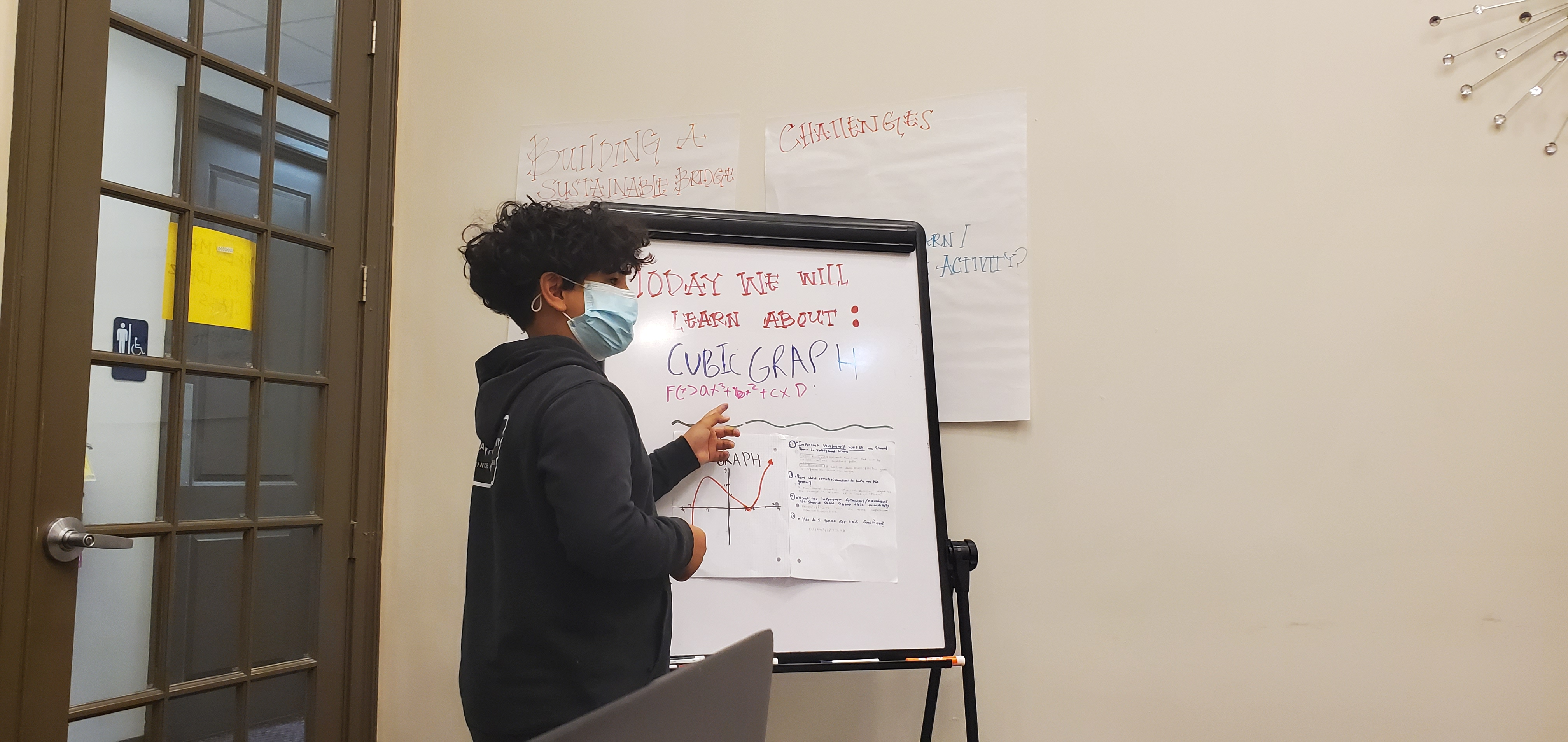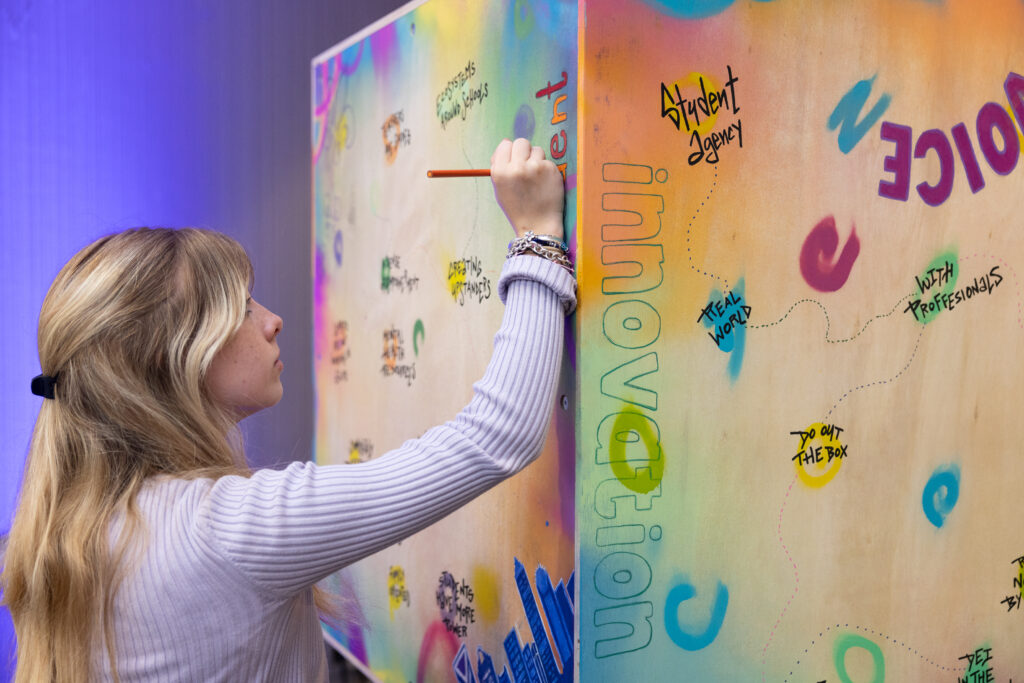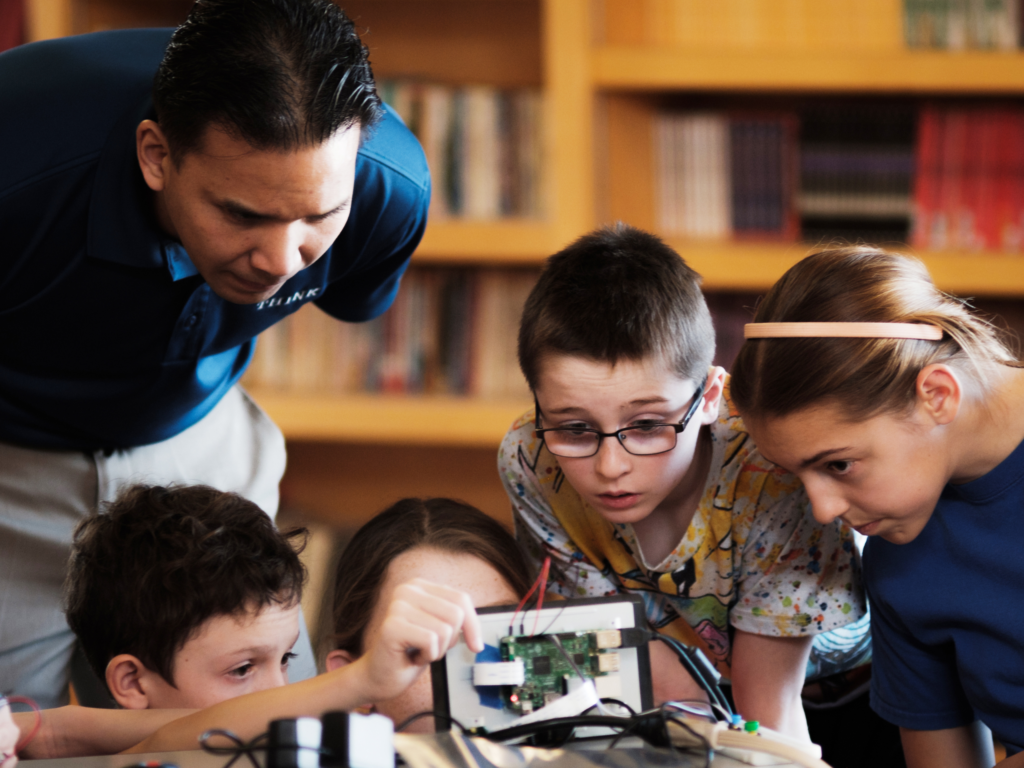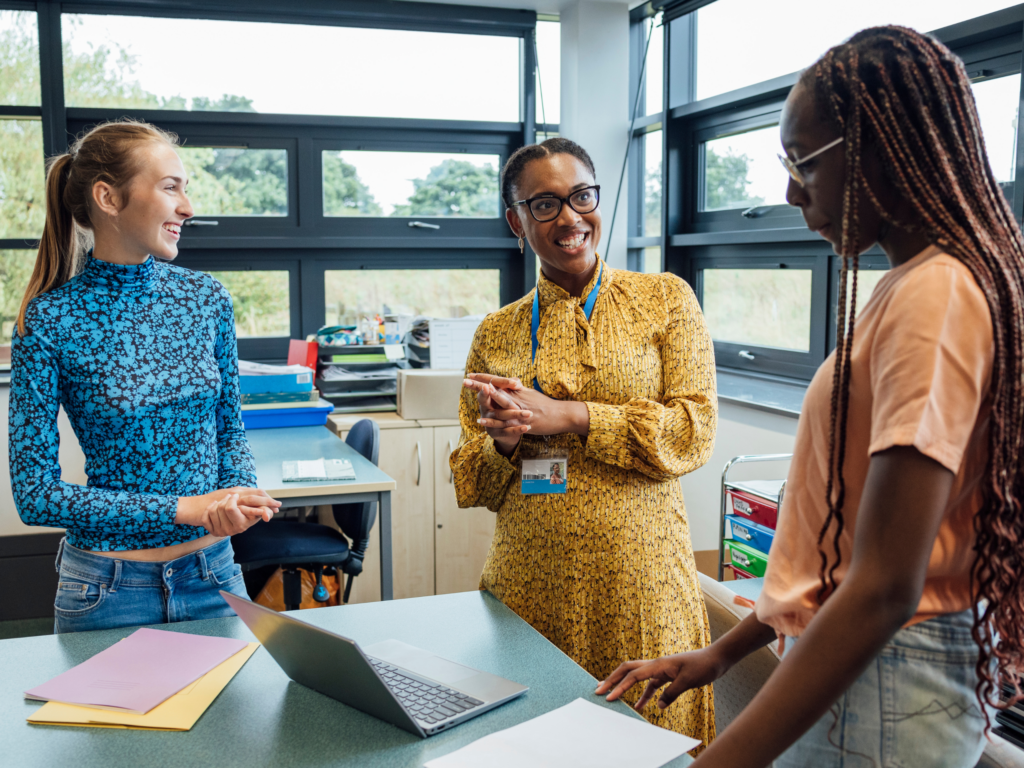As a sibling of a person with severe disabilities and special educator for 20 years, I know firsthand the power in fully seeing our youth and providing them with their fundamental right to a real education. Yes, this is about believing in our young people, but it is also about believing that we all have something to learn from our differences.
Learning differences are a critical facet of students’ identities and should be understood as assets that can create new opportunities for all students to learn and grow together. Research shows that 1 in 5 students learn and think differently. Some students with learning differences may have a formal diagnosis such as dyslexia, but many learning differences go unnoticed until later in life or not at all.
Often these students are not served well in traditional classrooms.
A national survey finds only 17% of teachers are well prepared to teach students with mild to moderate disabilities.
The lack of training and support for teachers working with students who have learning differences has academic implications. Results from the National Assessment for Educational Progress show math and reading scores for students with disabilities have declined from 2009 to 2019 while their peers in general education have made gains over the same period. These findings show the need for more innovation to equitably support educators and learners.
At NewSchools, I support innovators who are helping to reimagine how to believe in our youth, create opportunities to learn from them, and build communities of educators who have the skills to meet the needs of every student. While students with learning differences have always been an important part of NewSchools’ mission to reimagine education for historically underserved students, our commitment to creating better learning opportunities for these students has only deepened in recent years. Last year, Oak Foundation and NewSchools partnered to mobilize around a unique opportunity — empowering students with learning differences, especially those impacted by racism and poverty – in ways that are responsive to Covid-recovery needs while also driving long-term systemic change.
As we emerged from the pandemic, with research showing the shift to remote learning had the most severe impact on students with disabilities, it was important for us to begin with a listening tour to understand diverse perspectives in the learning differences community. Since then, we’ve developed a community engagement strategy that centers the voices and lived experiences of youth, caregivers, education leaders, and researchers, especially those impacted by the historical inequities in the special education sector. These critical perspectives alongside key findings from the National Center for Learning Disabilities and Understood, shaped our investment strategy and led us to invest in 11 early-stage ideas focused on reimagining the school experience for students with learning differences.
What we’ve learned in our first year of investing
The Learning Differences portfolio represents a wide range of research-based equity-centered practices, united by a common focus on increasing voice, choice, and asset based representation of students with learning differences and their caregivers. These innovators seek to reimagine the system and empower families. These three trends from our portfolio hold the potential to create positive student impact as well as help to shape future innovation.
1. Innovations designed for students with learning differences have the potential to benefit all students.
Targeted Universalism and Universal Design for Learning provide frameworks for designing inclusive innovations and systems that center those at the margins, which result in a better education system for all. Several ventures in the portfolio are using these principles to create inclusive practices and provide customized learning pathways. For example, Celebrate EDU and Social Cipher are programs that leverage technology to provide self-paced learning focused on entrepreneurship and social emotional learning, increasing student agency and empowerment. Students were excited about these innovations because they have the potential to “destigmatize neurodivergent thinking, increase representation, and provide opportunities for individual and group learning.” Similarly, the Thriving Students Collective provides engaging on-demand digital resources and professional learning for caregivers, educators,and psychologists in K-12 schools from experts in the field. Rural Opportunity Institute’s goal is to increase mental health services for students by helping schools and community-based organizations put the systems and structures in place to leverage Medicaid funding. While each of these innovations were designed to increase access for students with learning differences and the adults who support them, these innovations increased access to mental health supports, experts, and opportunities for social emotional development for all students, educators, and caregivers.
2. Diverse teams with personal connections to learning differences are uniquely positioned to design solutions to meet the community need.
Most organizations in the portfolio are led by innovators who are either caregivers or siblings of young people with learning differences, or who self-identify as having a learning difference. These leaders understand how implicit bias towards students with learning differences, especially those impacted by racism and poverty, affect long-term outcomes on both academics and overall self-esteem. Resha Conroy, who leads the Dyslexia Alliance for Black Children, is a Black mother to a son with dyslexia. She shared that “public school gave [her] the ‘wait to fail’ language…there was no expectation for [her son] as a reader and a learner.” This experience, coupled with her background in education, drove her to launch Dyslexia Alliance for Black Children to provide Black families with the community, resources, and skills to advocate for their children. Similarly, Antoinette Banks, a Black mother of a young woman on the autism spectrum and with ADHD, was told to have no expectations for her daughter’s future. This motivated her to learn how to set concrete goals for her daughter’s growth so she could advocate for resources needed and celebrate progress. She founded Expert IEP and is now leveraging her experience to help families advocate for better Individualized Education Program (IEP) goals. Families can also use her services to track their student’s progress in school and understand their own strengths as parents.
3. Approaches need to address adaptive as well as technical challenges in serving students with learning differences, especially those impacted by racism and poverty.
Research has shown that teacher bias leads to Black students being underdiagnosed with autism and overdiagnosed with emotional disturbances and intellectual disabilities, as well as Latino students being underdiagnosed in childhood and overdiagnosed in high school. Several innovations in the portfolio are actively addressing issues of implicit bias. The All Means All Leadership Fellowship and the Special Education Leader Fellowship (SELF) are 15-24 month-long school leader programs that leverage a cohort model to pair the practicing of key equity levers with intensive coaching, feedback, and collaboration to encourage sustainability of these efforts. Cognitive ToyBox reduces teacher bias towards Black students through a gamified version of an executive functioning assessment. An initial pilot revealed self regulation scores from the assessment were higher for Black students compared to teacher ratings. This solution has the potential to raise awareness about bias, improve access to core instruction for students who may have otherwise been pulled out of the classroom, and provide teachers with a more accurate understanding of student’s executive functioning skills, which are critical for later success in school and life. The Inspired Community Project and IEP&Me are both focused on providing specialized services to families and are designed to center the voice and agency of caregivers and students. One community member shared, “it is refreshing to read an idea that heavily focuses on improving personal relationships between education professionals, families, and students.”
Doctors said my sister wouldn’t live a week and she thrived for 25 years building a better world by demanding people see the possible in the impossible. Students with learning differences deserve to have access to a great education that allows them to thrive and excel — in and out of the classroom – and we all have the opportunity to make that possible.
At NewSchools, we will continue to listen and learn from the community as we make a new set of investments focused on students with learning differences. If you are working to reimagine education to empower students with learning differences, we’d love to hear from you. Learn more about our funding opportunity and apply by March 29th!
Watch our BrightSpots episode “Empowering Students with Learning Differences” live on March 14, 2023.



